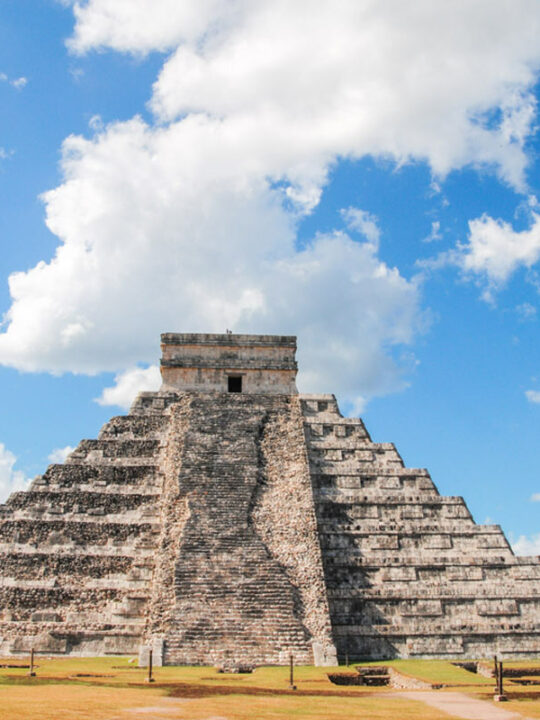Discover where the Mayans lived with this handy guide. Read on for a brief history of the ancient Mayans and how this influenced where they settled in Mexico.
It’s no secret that we love Tulum. And a huge part of visiting this incredible destination is understanding the ancient cultural influences that have left their mark on the Yucatan peninsula.
In fact, we strongly believe that learning more about the Mayan culture and where they lived can help give an idea about why some ancient customs, cuisines, and art still influence this part of the world today.
Fancy learning more about the people that are responsible for the incredible ruins that dot the landscape of Tulum? Let’s take a deeper dive into the history and geography of the Mayans.
A Brief History of the Mayan Culture
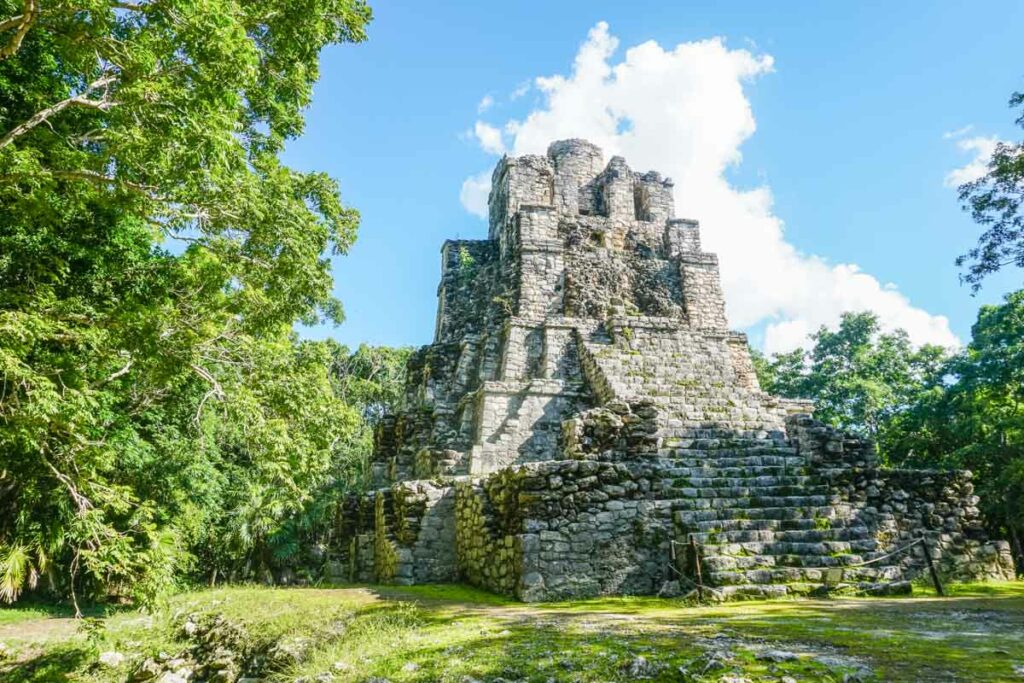
To understand when and where the Mayans lived, we first need to delve into a brief history of the Mayan society. We’ll do our best to summarize the incredible civilization in a few paragraphs because, we’ll be totally honest, we could write a novel on the subject (and there are plenty out there).
To say the Mayan culture was ahead of its time is an understatement. Their understanding of language, astronomy, and architecture still baffles scientists and historians today – and us too.
In addition to art and archeology, the lasting legacy left by Mayan culture is seen through their cultivation and nixtamalization of corn. What is nixtamalization exactly? In short, the Mayans changed how we can eat corn – leading to dishes that we love today, including tortillas.
No one really knows when and where the Mayan culture first manifested, but National Geographic estimates it was sometime between 7,000 B.C. and 2,000 B.C.
But when did the Mayan empire end? Historians think sometime between the 7th and 9th centuries, though the exact date and cause of near-eradication are unclear.
Mayans lived on an impressive amount of land, but modern-day Guatemala was the heart and soul of the Mayan culture. That said, Mayan people still exist by the millions and inhabit some of the same locations their ancestors did to this day.
Let’s look at where these locations are.
Where Did Mayan People Live?
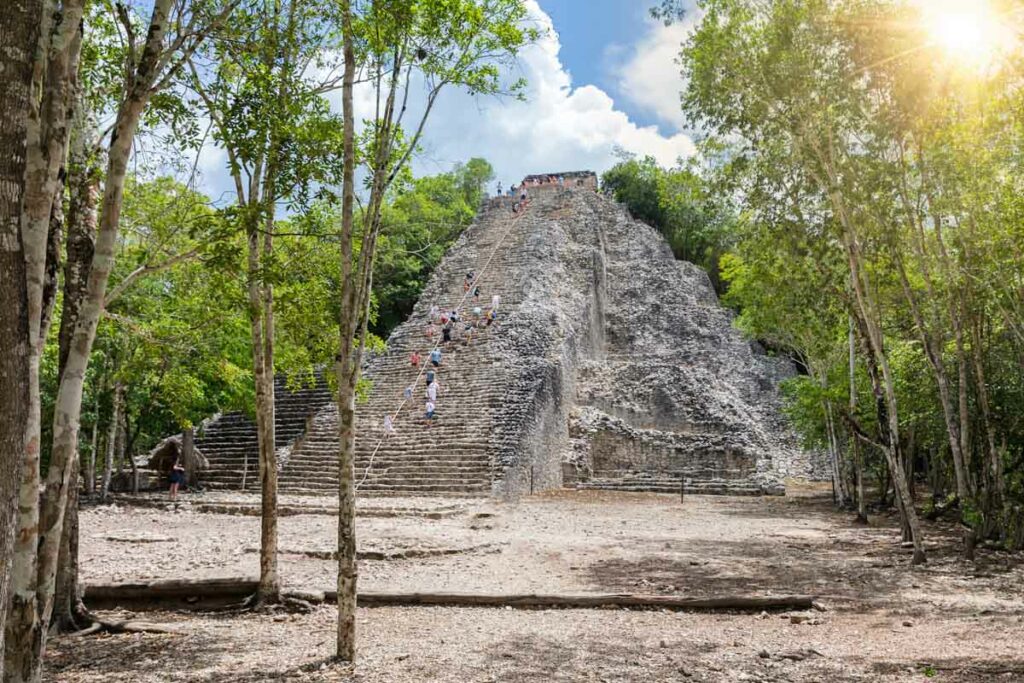
The Mayan culture was one of the greatest civilizations in human history, and they invented customs and traditions that still hold strong today.
Not only were they ahead of their time in the arts and sciences, but their culture was a complex one that mastered language and created societies that inhabited large areas in precise locations.
But did Mayans live on their own or mostly stick together in large groups of people? Well, Mayans lived in communities together; most often, these were the lowlands of Mesoamerica.
Did the Mayans Live in Cities or Rural Areas?
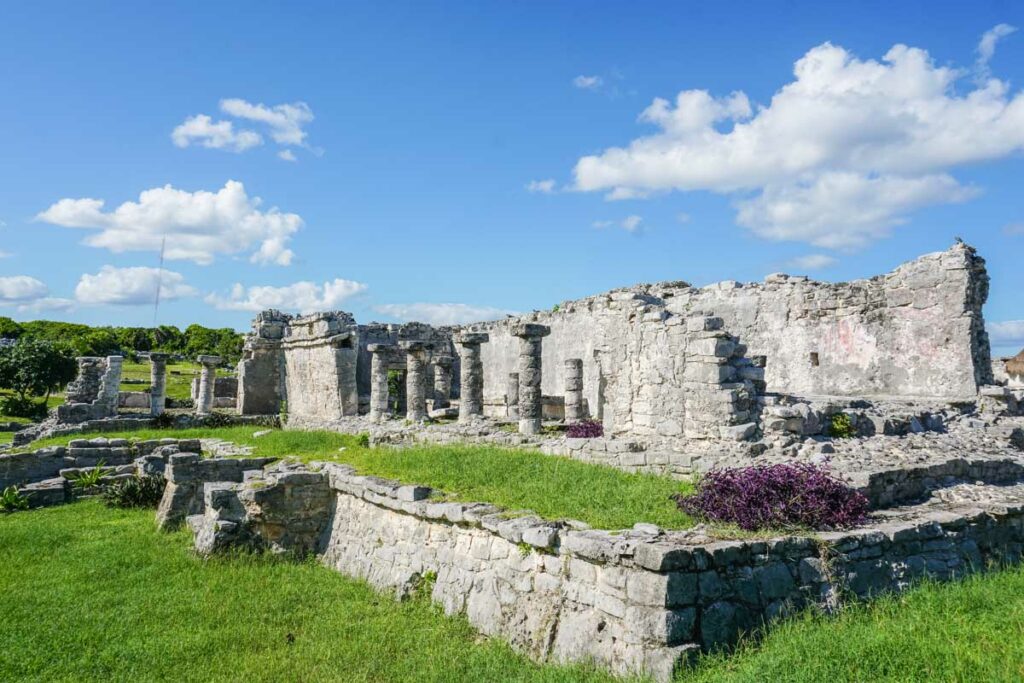
When we try to imagine the great culture of the Mayan civilization as it existed thousands of years ago, we often wonder what type of environment they lived in.
So when we think of the Mayan Empire, one of the first questions that come to mind is if Mayans lived in cities or more remote areas.
While the Mayans have since spread out and lived in numerous areas throughout historic Mesoamerica, traditionally, most Mayans lived in cities or nearby.
Mayans lived in communities, often cities, that functioned like towns and villages today.
A hierarchical system was firmly in place, so the wealthy Mayans lived in the city center in the most ornate buildings. Average citizens lived away from the city, usually on farmland where they could harvest crops for themselves and others.
But what did a Mayan city look like?
Mayan Cities
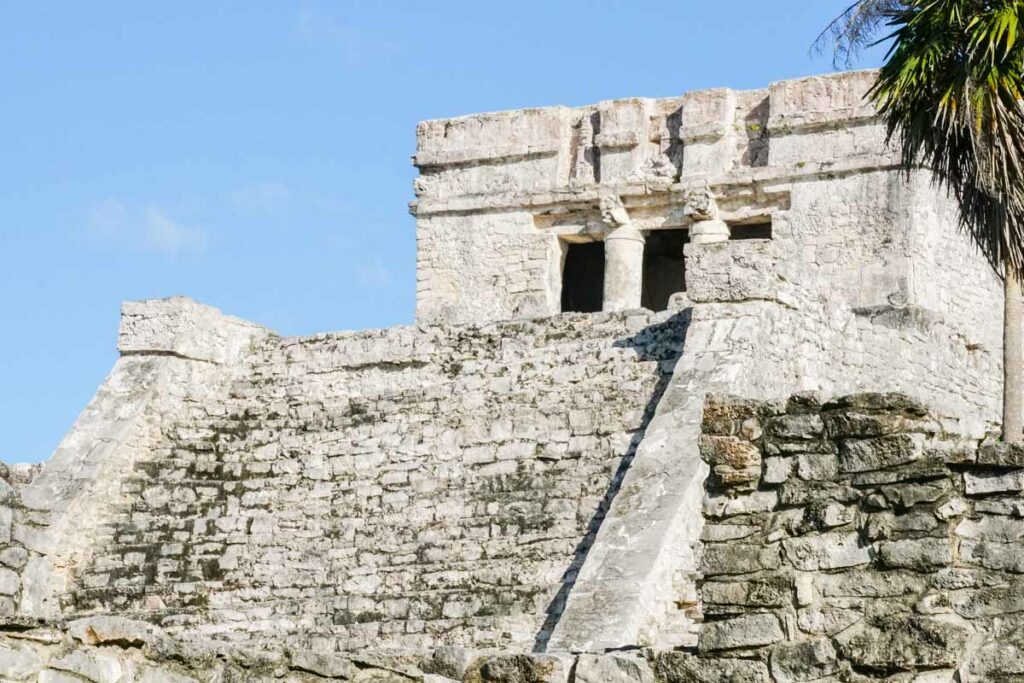
There were dozens of Mayan cities that we know about, and who knows? There might be dozens more. But a few names top the list of major Mayan cities, and you can visit them in places like Tulum.
When we think of the great Mayan civilization, the cities that come to mind first are:
- Uxmal
- Calakmul
- Tikal
We know there were many Mayan cities, and there’s evidence of them in some of our favorite archeological sites worldwide. But where exactly did the Mayans live on a map?
Finding the Mayan Geographic Location
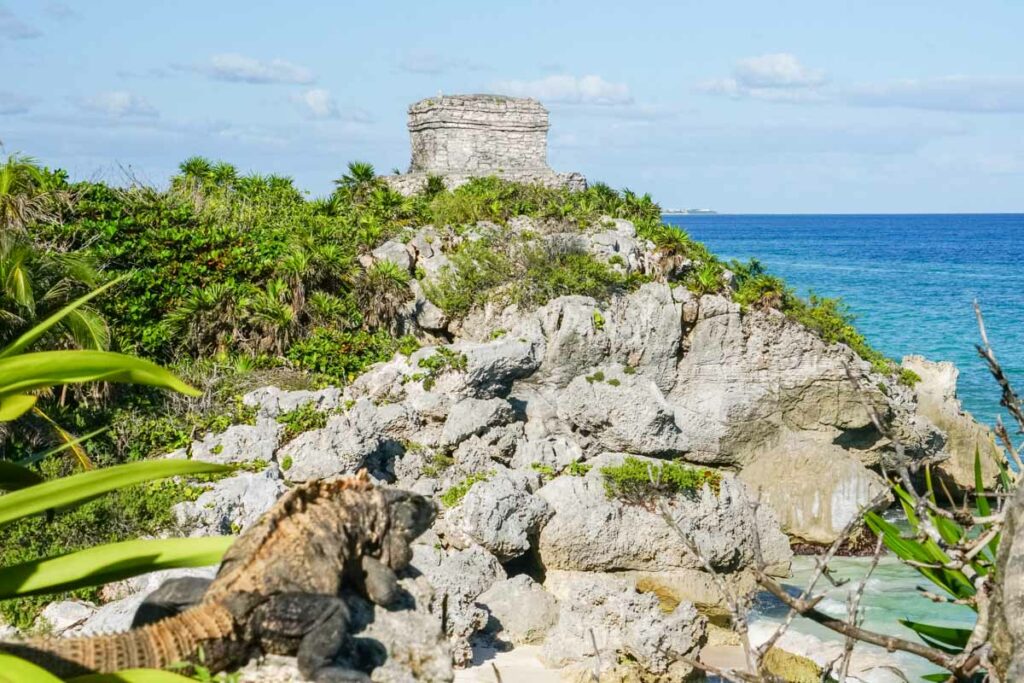
Discovering the Mayan geographic location relies on research and collecting facts from historical documents. Archeological discoveries, written words, and artistic works are how scientists keep track of where the Mayans lived and help us determine a geographic site.
Scientists and historians have compiled intensive data over the years and so we have a pretty good idea of where exactly the Mayans lived. They did the hard part so we can understand our surroundings a bit better.
The exact geographic location of the Mayans is what we know as Central America and the Yucatan Peninsula. Scientists agree that the Mayans typically lived in lowland areas, although there’s evidence that they eventually settled in some highland regions, too.
Which Continent Did the Mayans Live On?
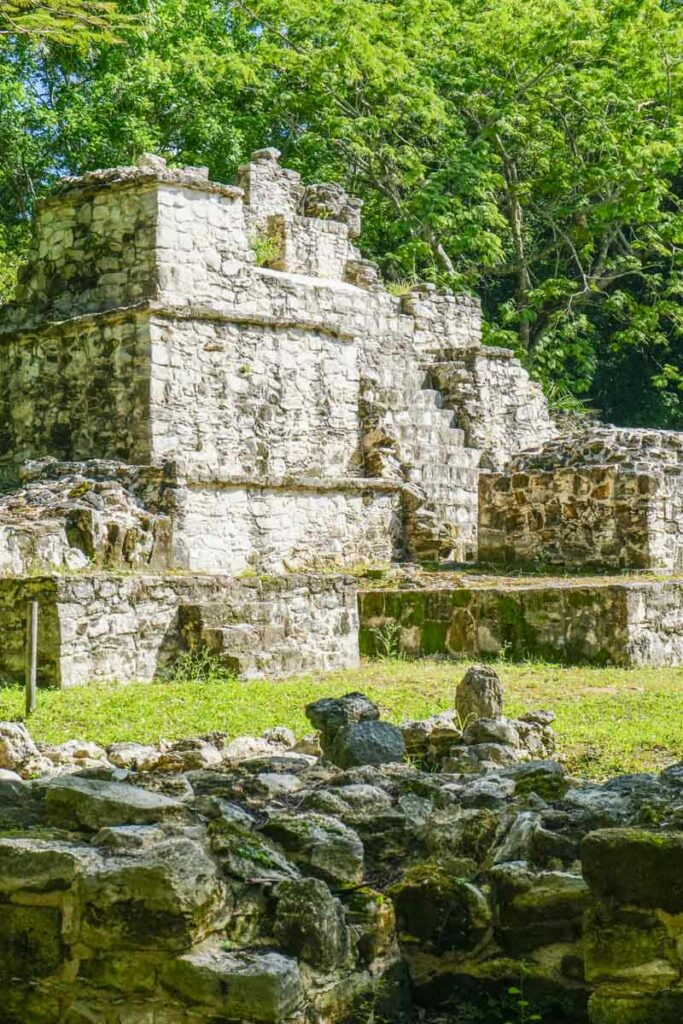
We know a little bit about the Mayan culture and history; now it’s time to grab your geography books and a globe and look at where exactly the Mayans lived.
So first things first, the question begs to be asked – what continent did the Mayans live on?
The Mayans lived in North America, primarily inhabiting specific regions, and formed cities where they stayed together and thrived for hundreds of years.
What Countries Did Maya Live In?
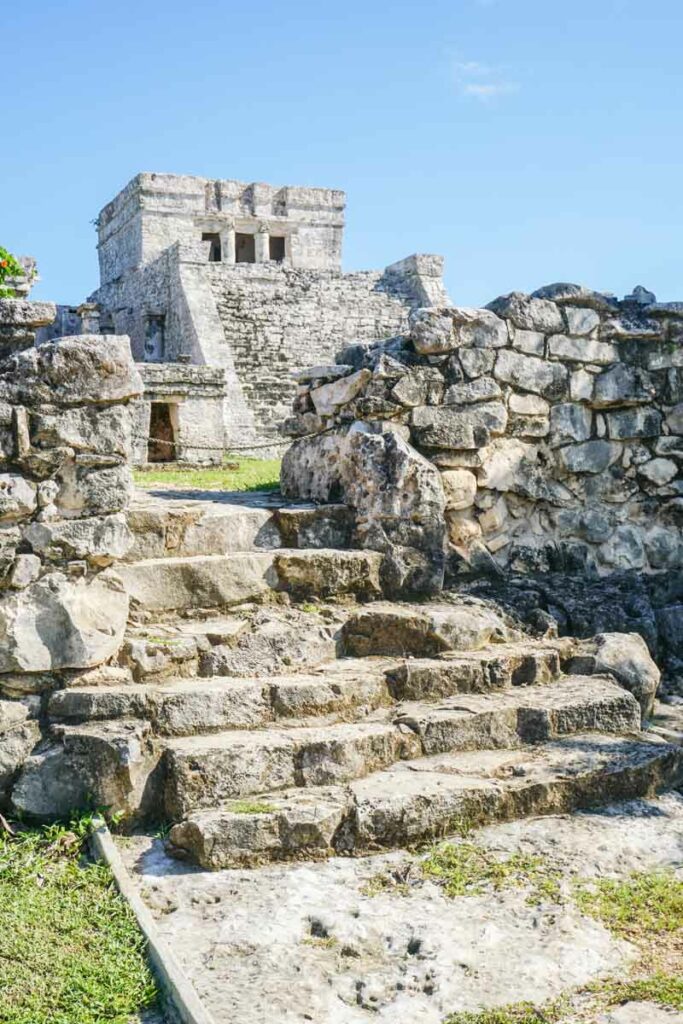
We know that Mayans lived in North America and thrived in lowland areas for much of their existence. Mesoamerica was the region they called home, a historic location that now makes up countries in Northern and Central America.
So what countries did Maya live in? There were a few prominent places the Mayans lived that we now know as countries – let’s look at where they called home.
Mayans in Mexico

A few historical sites immediately come to mind when we think of Mayan culture. Some of our favorite Mayan ruins are reasons to visit a region or country alone. But where in Mexico did the Mayans live?
Mayans lived in Southern Mexico and largely on the Yucatan Peninsula.
You can see evidence of Mayan civilizations today when you visit some of our must-visit Mayan Ruins in Mexico.
Some of the top destinations in Mexico, including Tulum, were home to Mayan civilizations for hundreds of years. We highly recommend checking out incredible Mayan ruins like Chichen Itza and Coba from Tulum in order to get up close and personal with the ancient Maya.
Mayans in Guatemala
Guatemala was where many Mayans called home, and the lowland areas were where most Mayans lived throughout the centuries.
While you’ll find evidence of Mayans in several countries in Central America, Guatemala was home to many Mayans throughout the years. And it was perhaps home to the largest number of Mayans overall.
Mayans in Belize
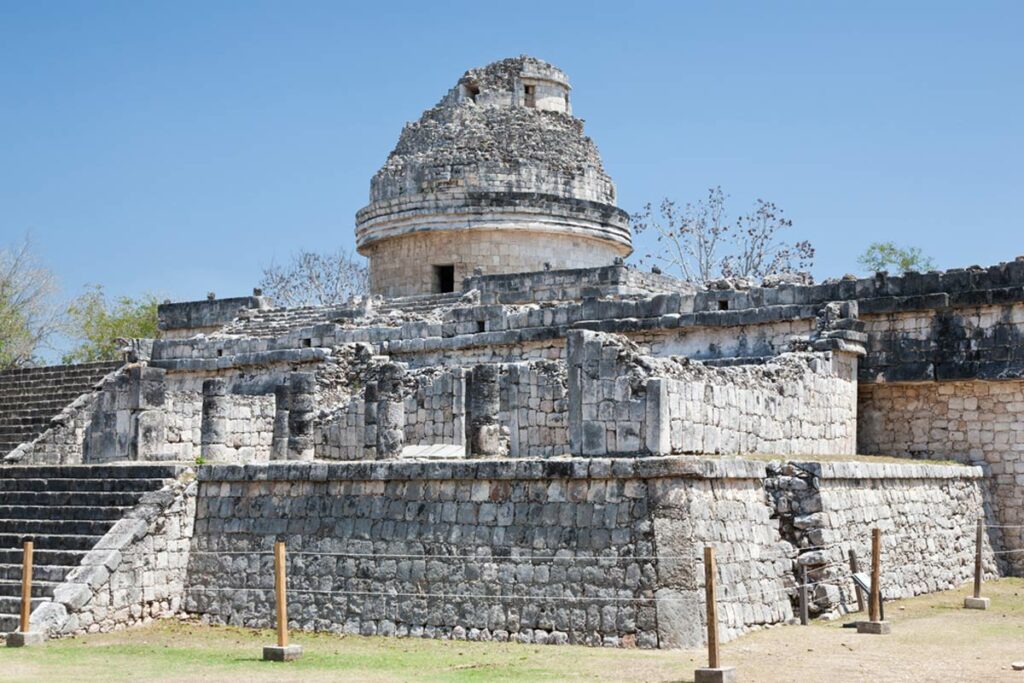
Belize was also where many Mayans settled, and it has the most Mayan archeological sites out of any modern country.
Sounds like a great place to plan a vacation for history buffs? It is, and some of the can’t-miss Mayan ruins here include:
- Altun Ha
- Caracol
- Lamanai
Mayans in Other Countries
Besides Mexico, Guatemala, and Belize, the Mayan culture thrived in other countries too. There’s evidence that Mayans lived in several other countries in Central America.
Where else did Mayans live?
- Honduras
- Nicaragua
- El Salvador
Why the Mayans Lived on the Yucatan Peninsula
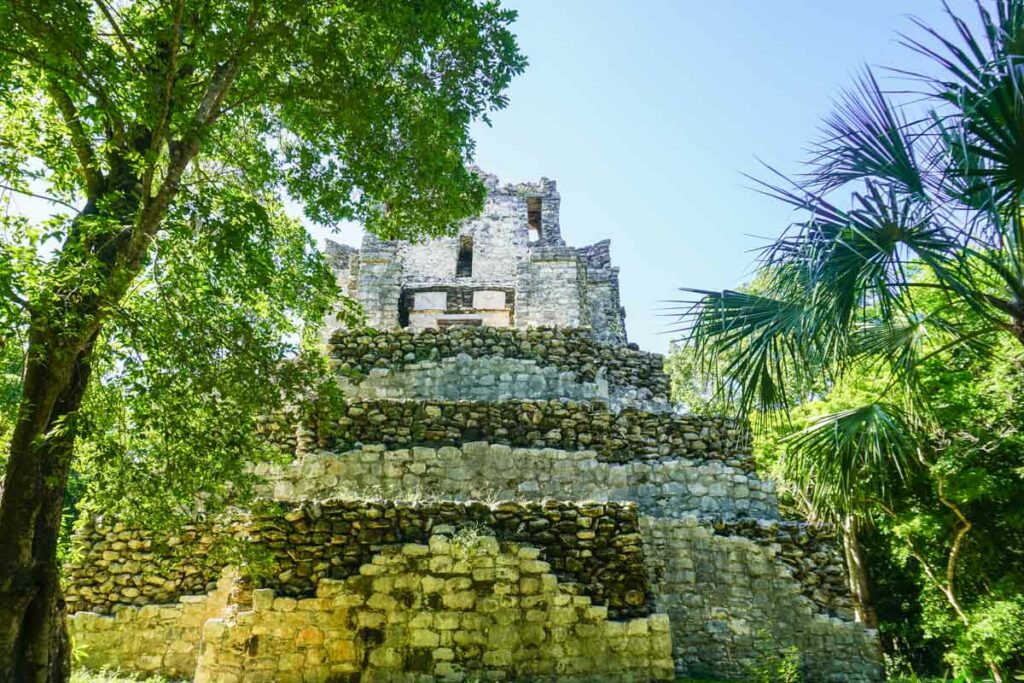
We love Mexico (and, in particular, Tulum) and totally understand why anyone would want to call it home, but why did the Mayans live here?
Aside from the stunning rainforest jungles and warm crystal clear waters, there were some practical reasons why Yucatan was the perfect place for the Mayan culture. What were they? Let’s take a look.
The Benefits of Living Here
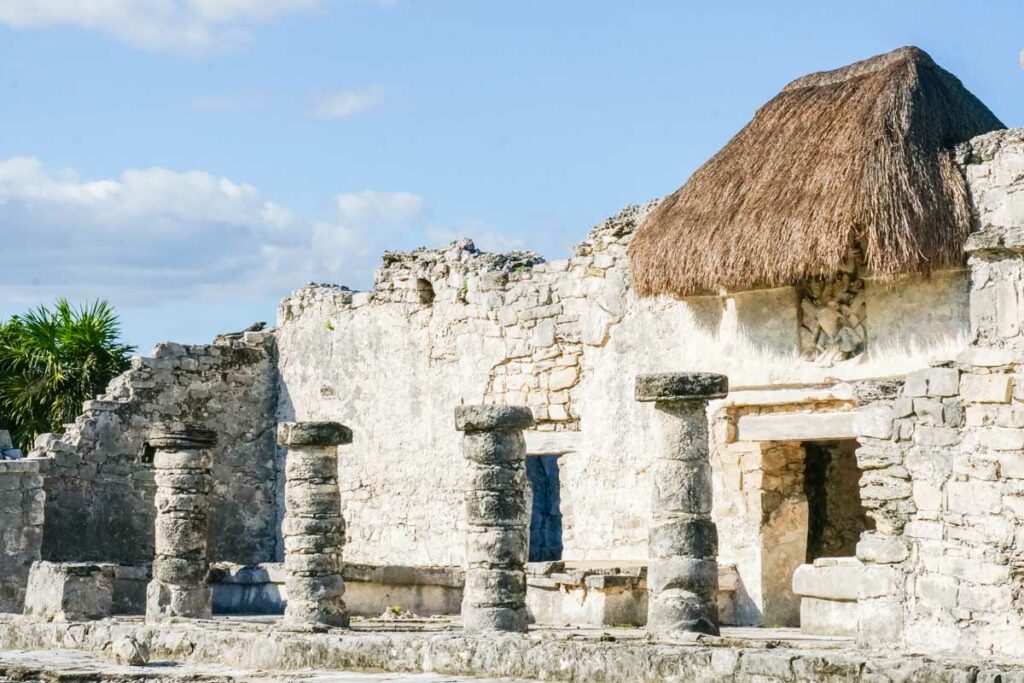
The Mayans likely chose the Yucatan Peninsula because they wanted an area rich in natural resources. From crops to the water required to grow them, the lowlands of Mexico and Central America were the perfect locations for farming food.
Add to that the areas were remote and challenging for opposing groups to conquer; these areas became the perfect place for the ancient culture to thrive. We can still see evidence of the Mayan empire, with Mayans still living in Mexico and Central America today.
When you visit Tulum and other areas along the Yucatan Peninsula, learn everything you can about the great civilization and the people who carry on some of the traditions and culture today.
We guarantee you’ll find a new appreciation for some of our favorite places, like Tulum.

